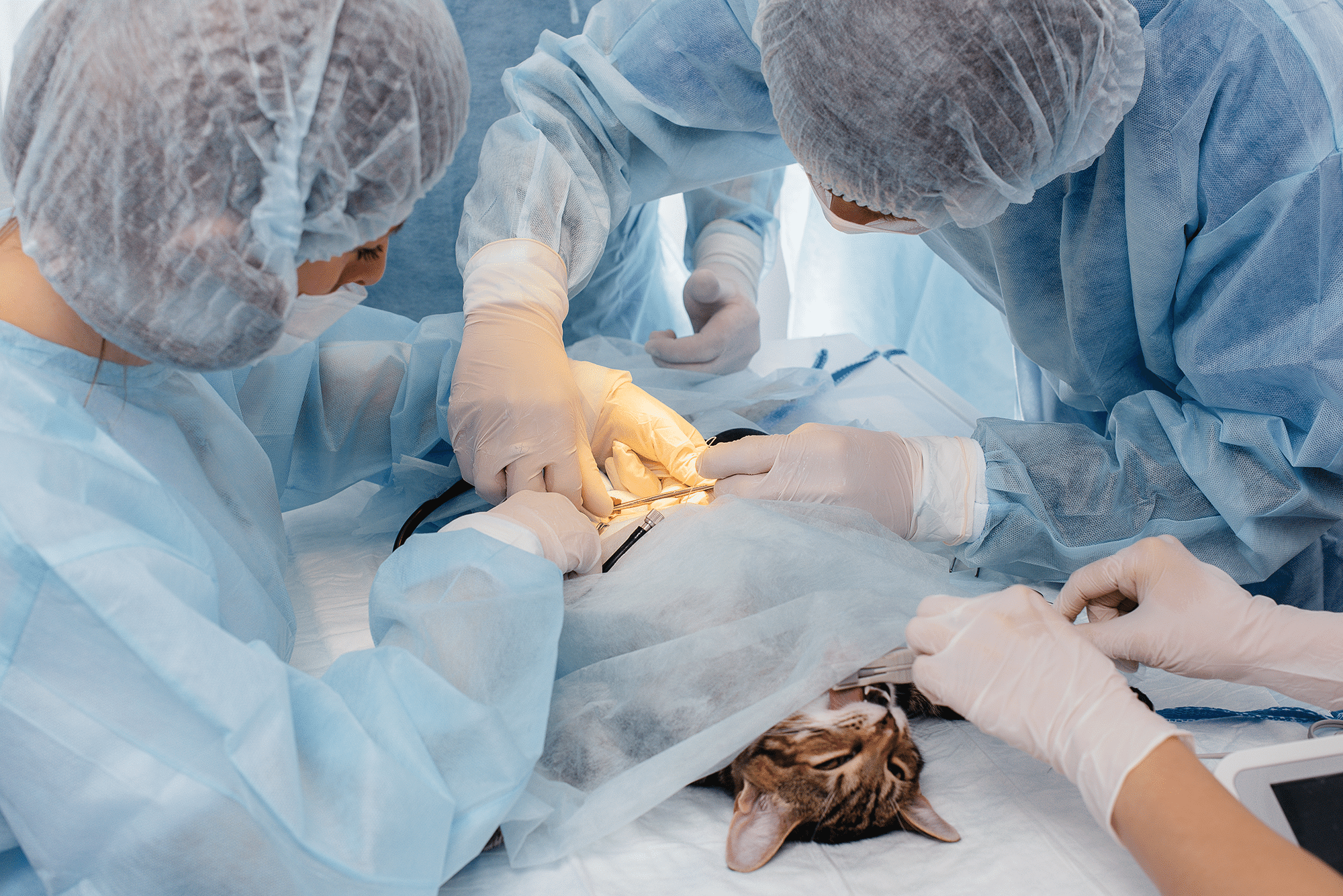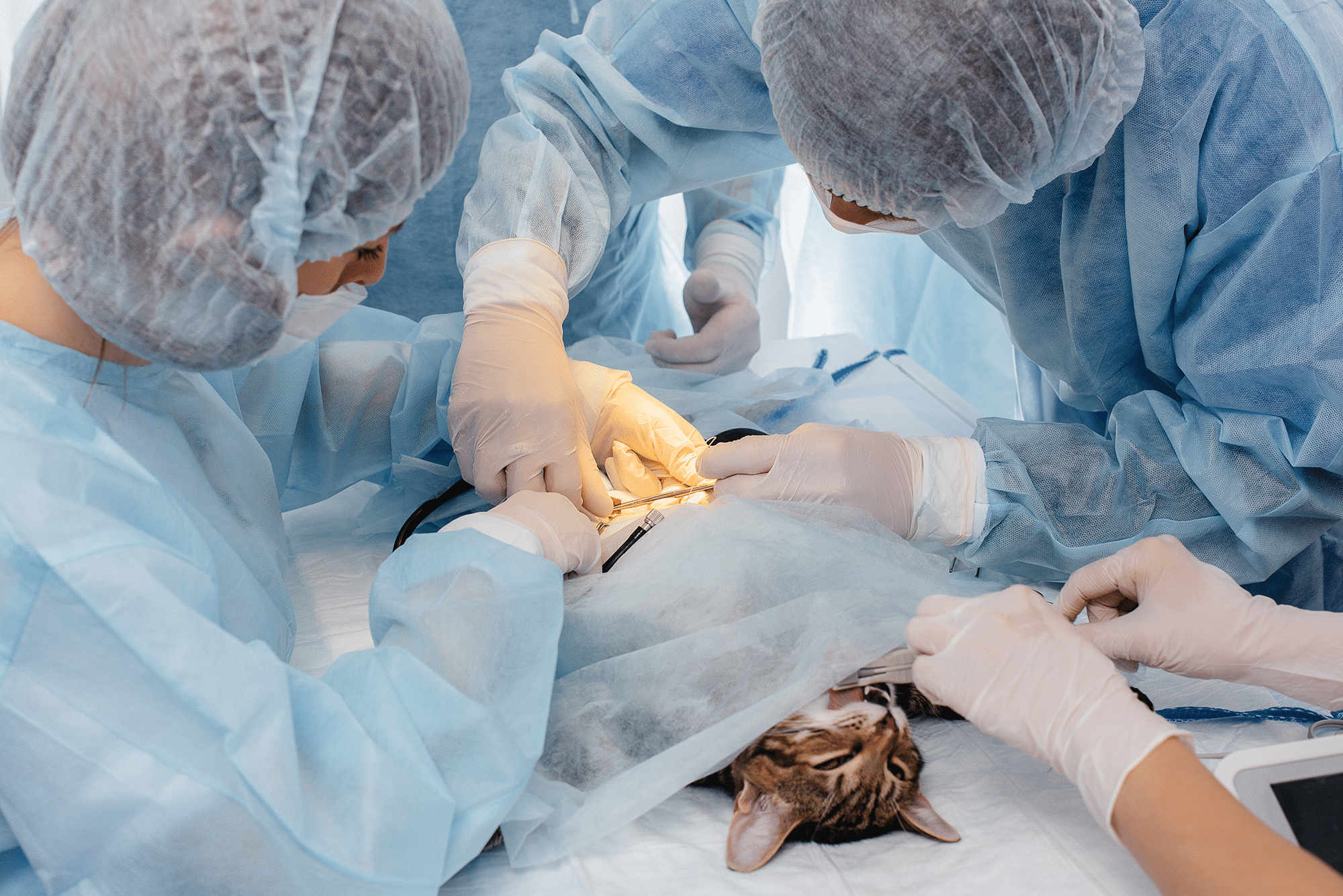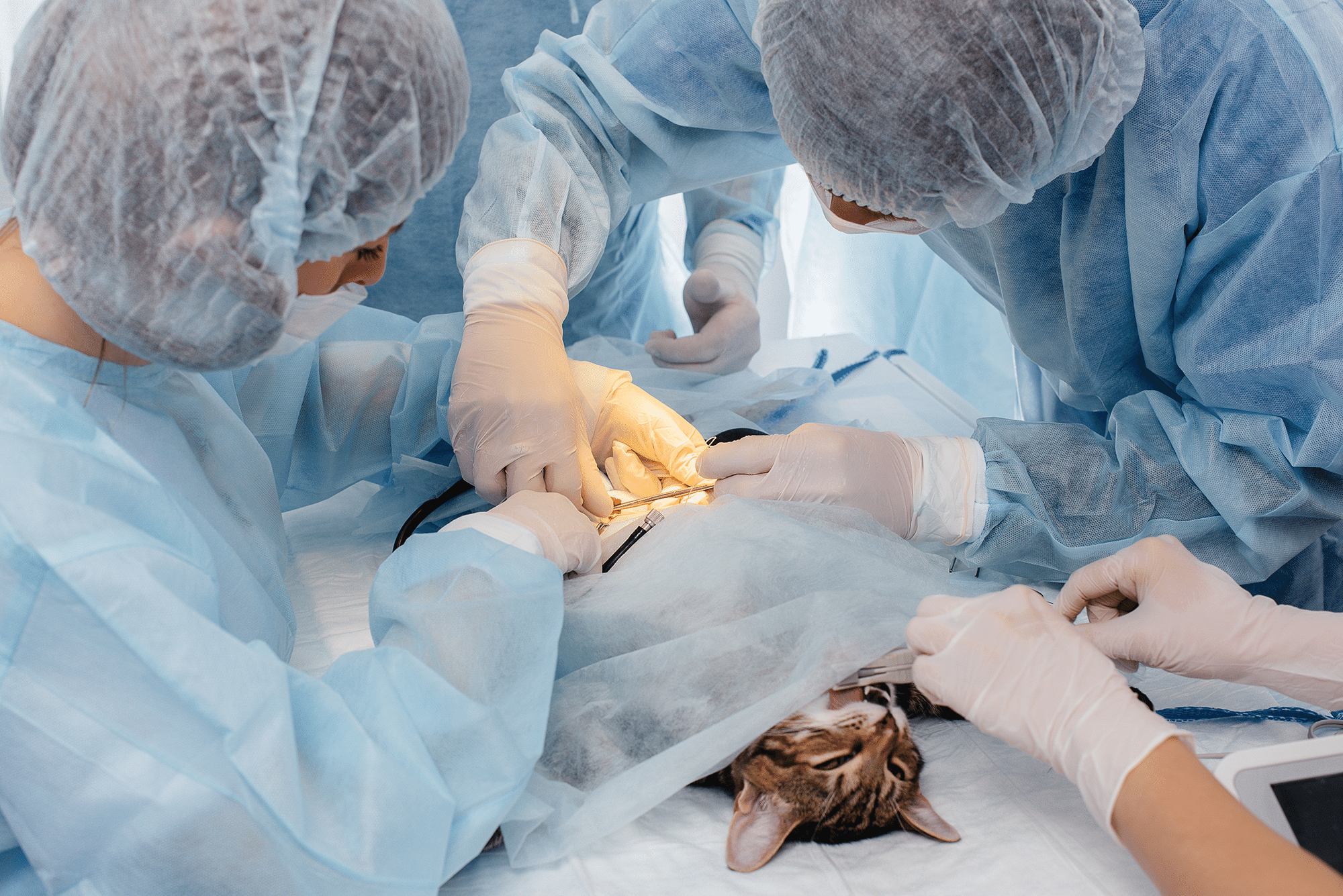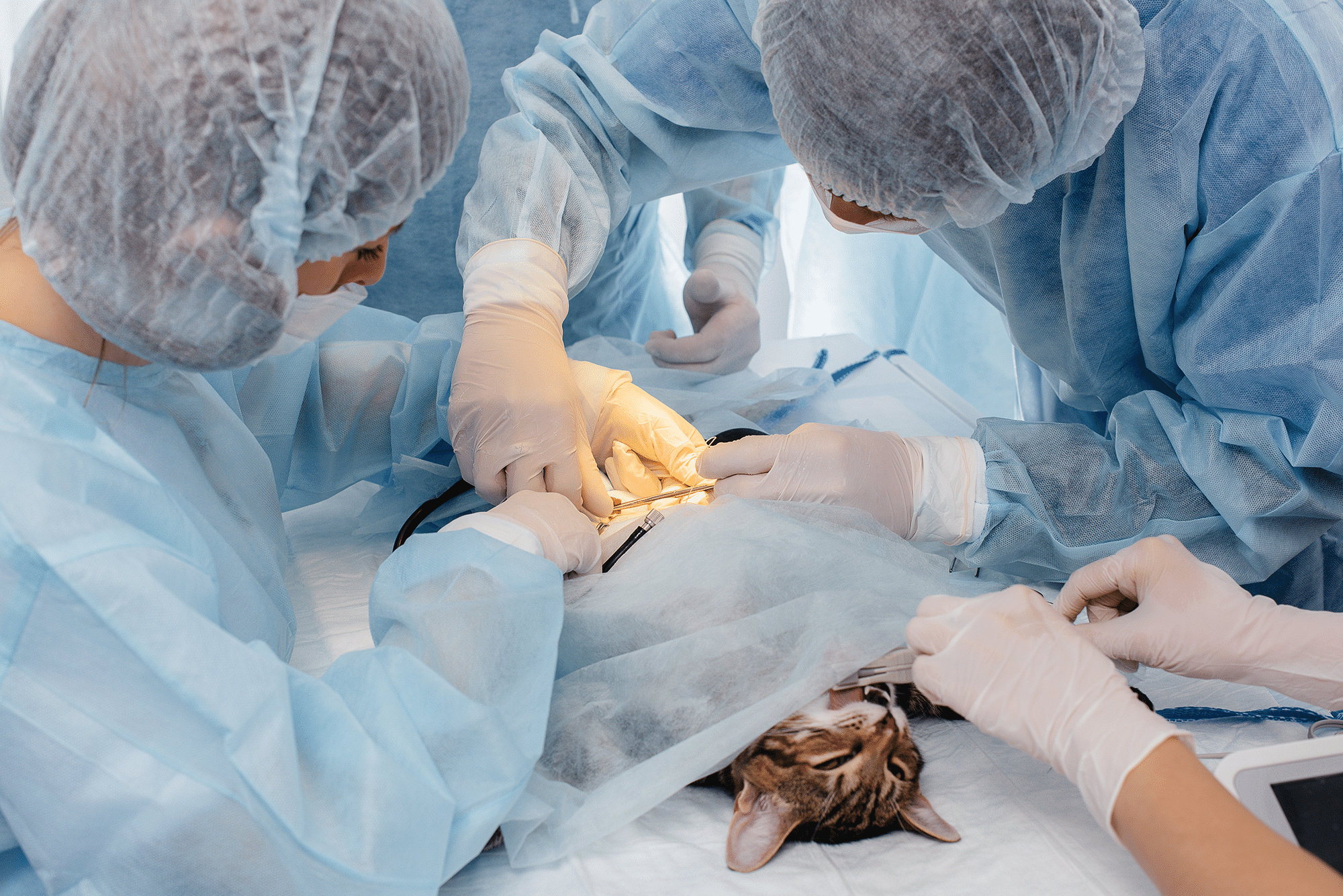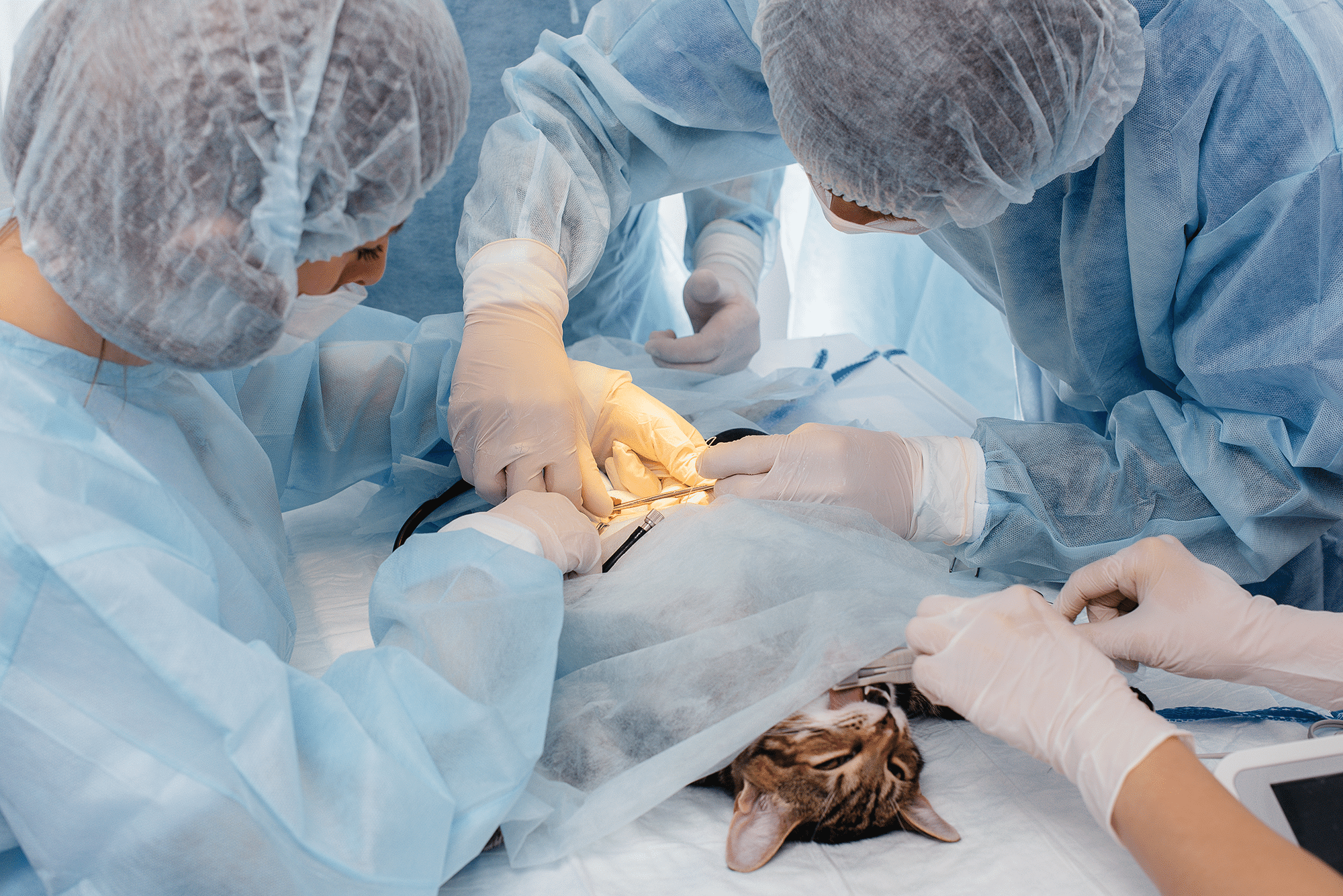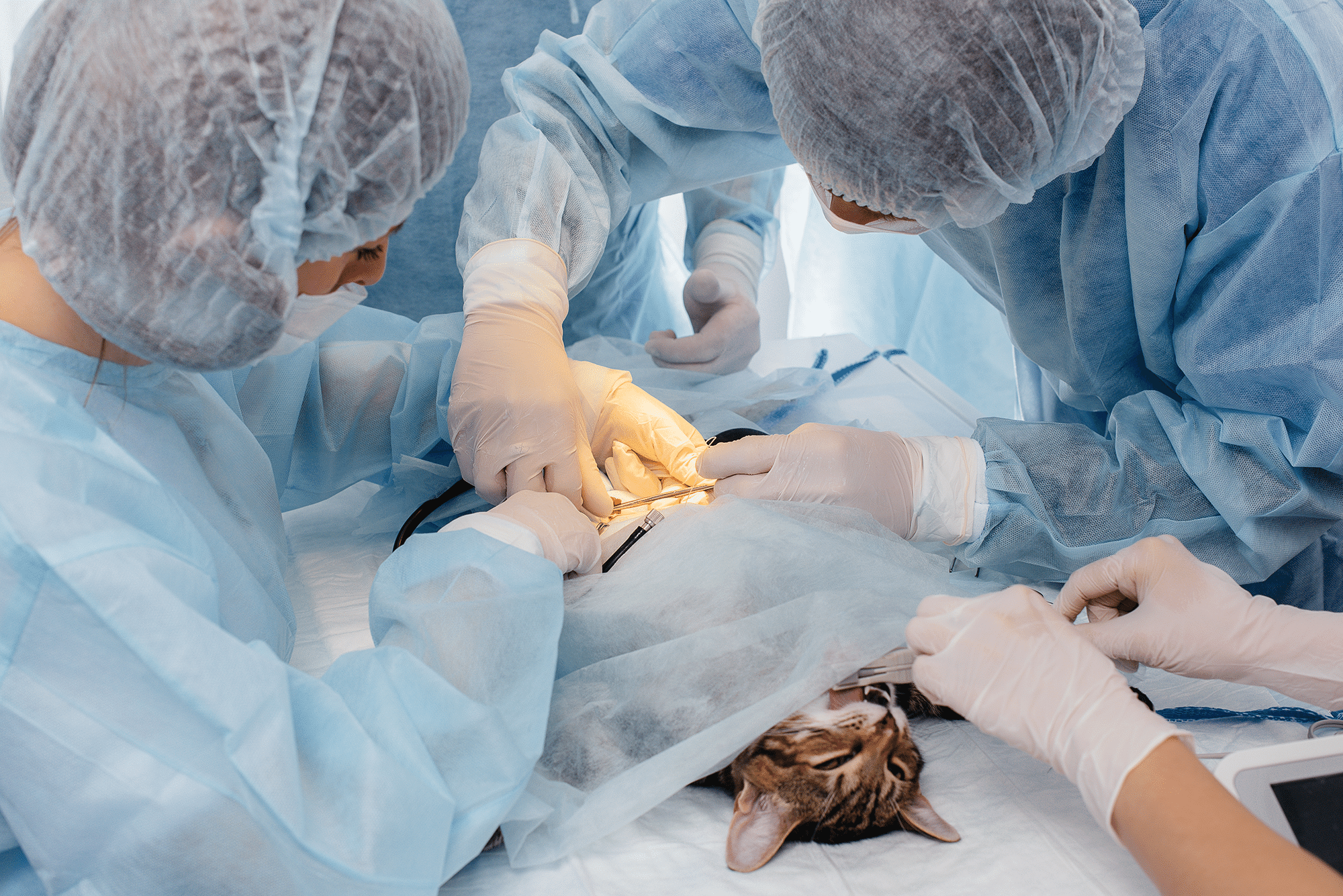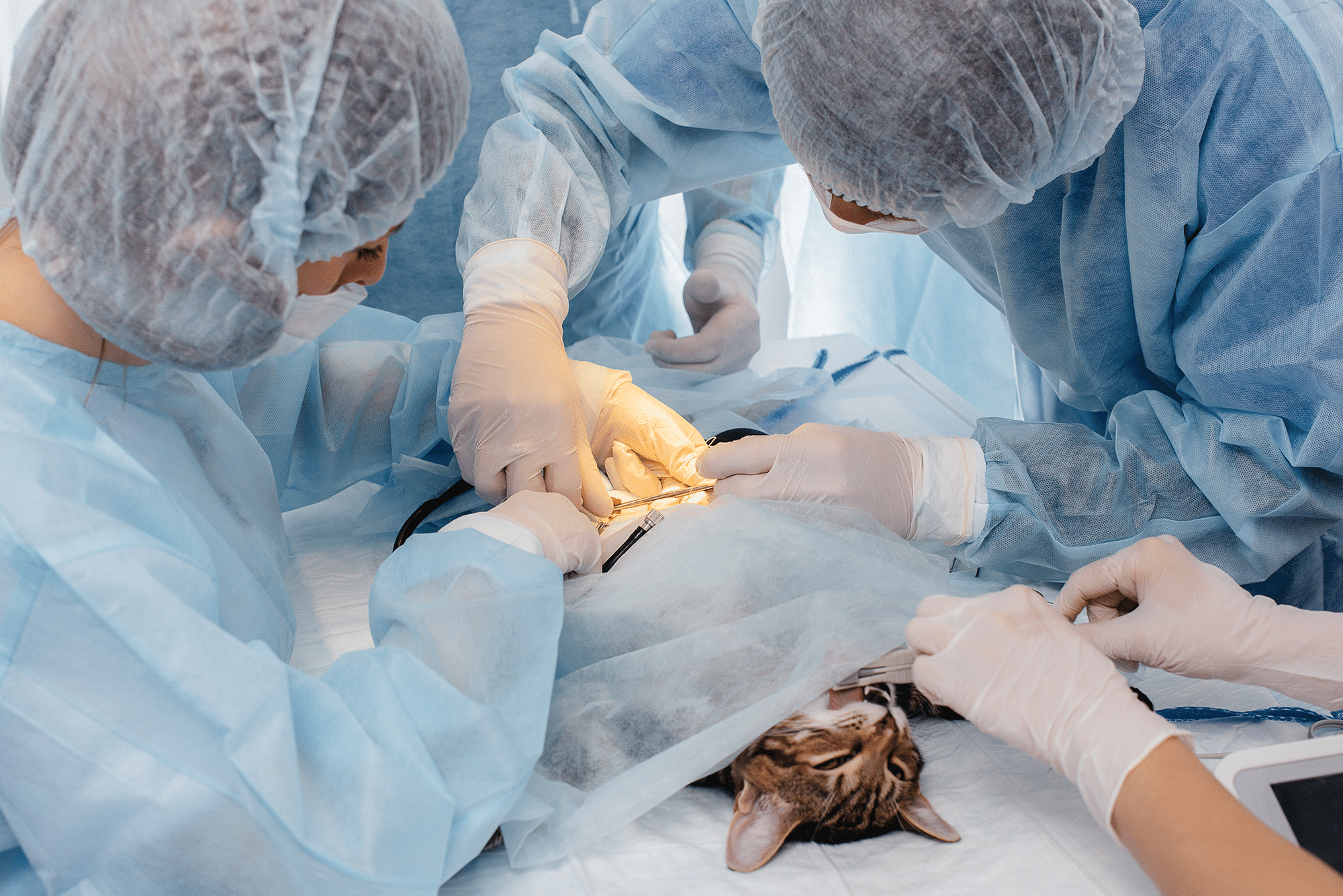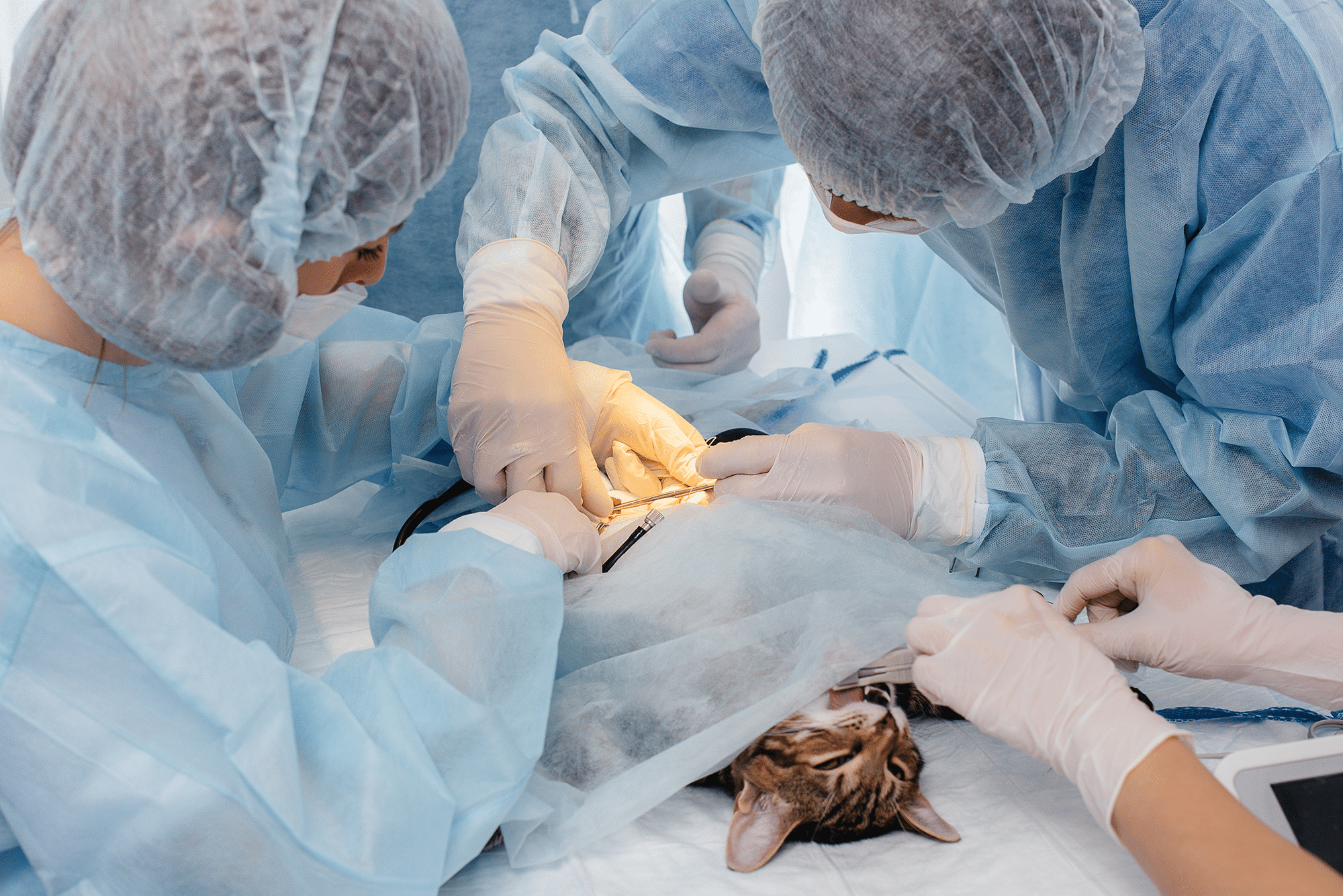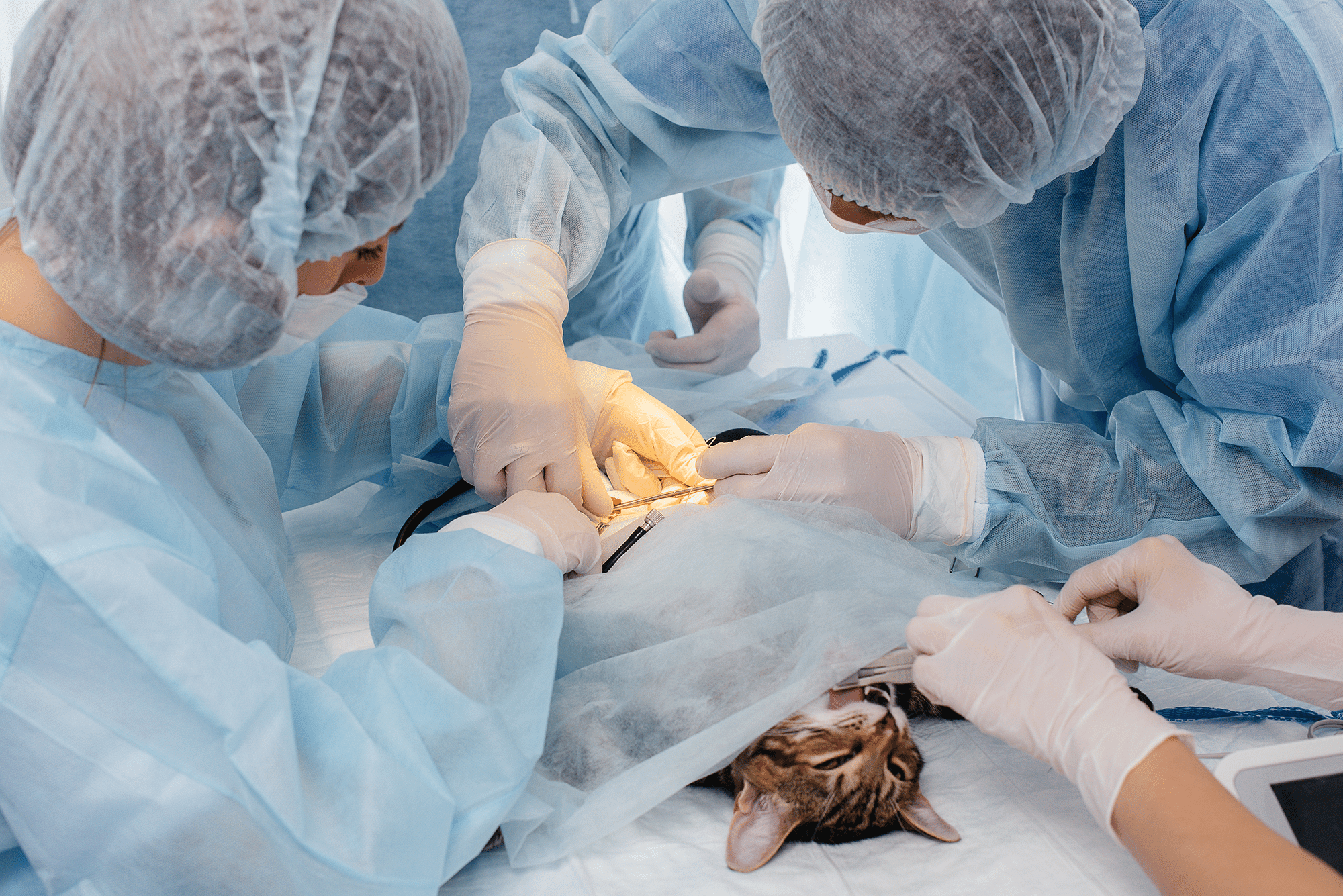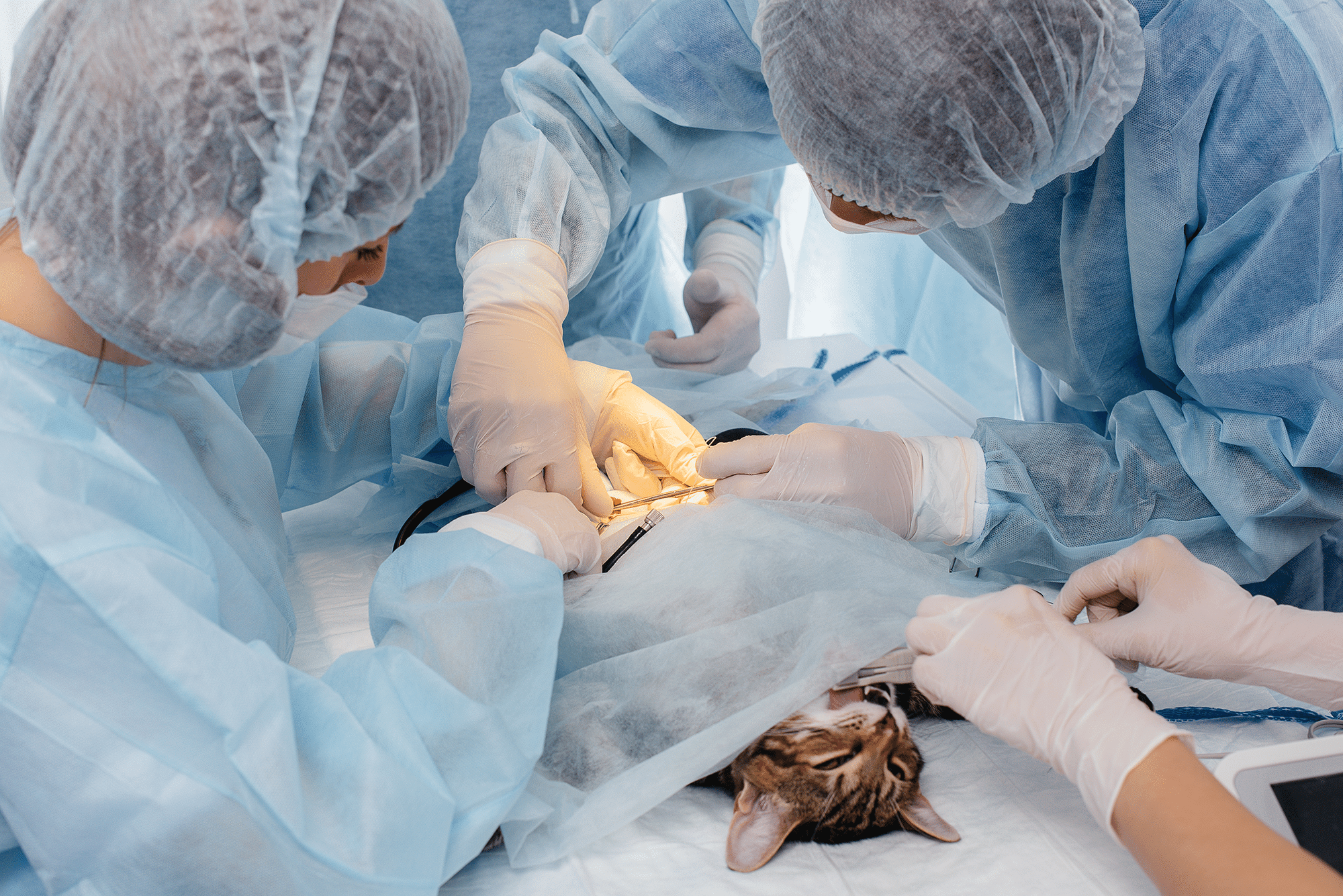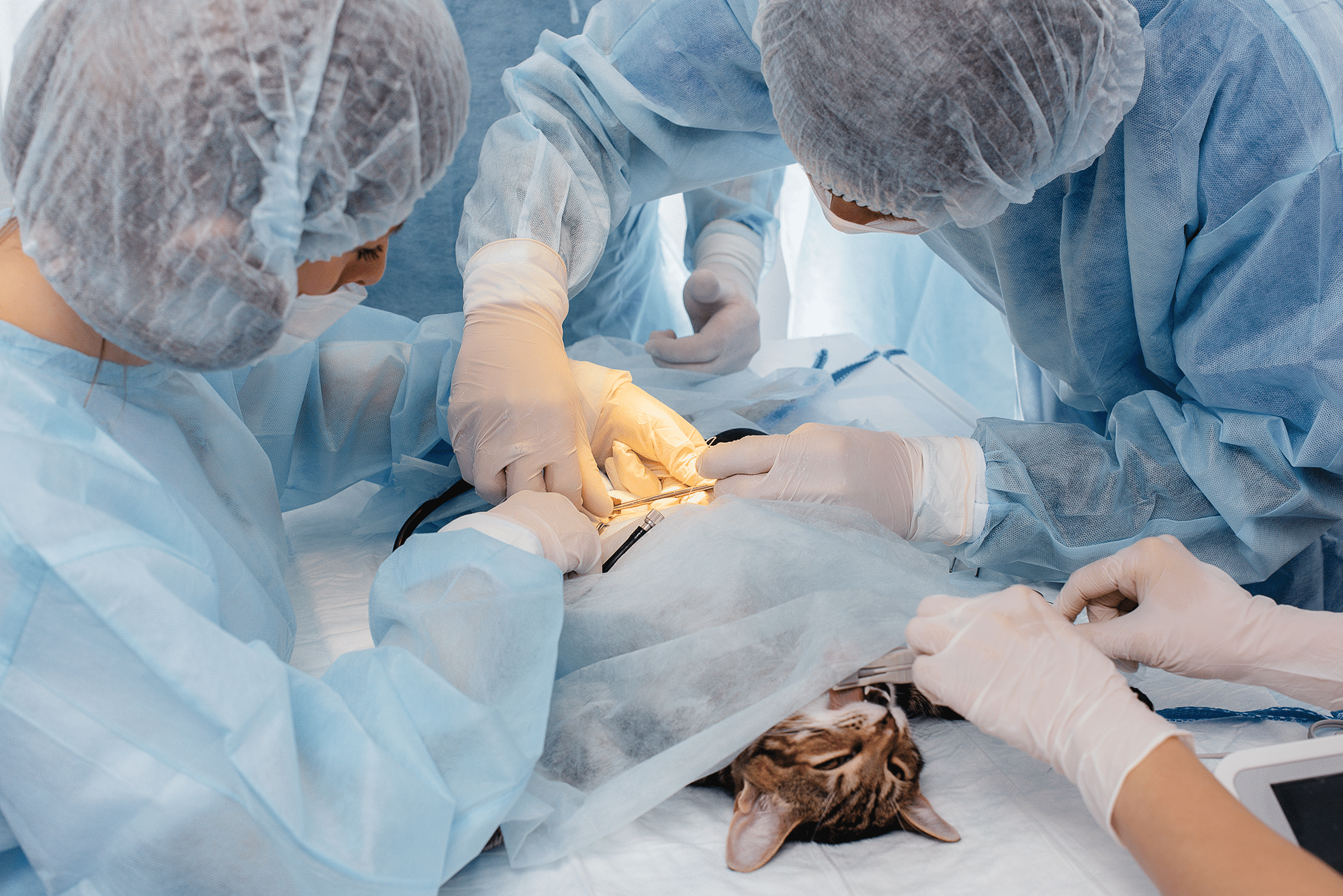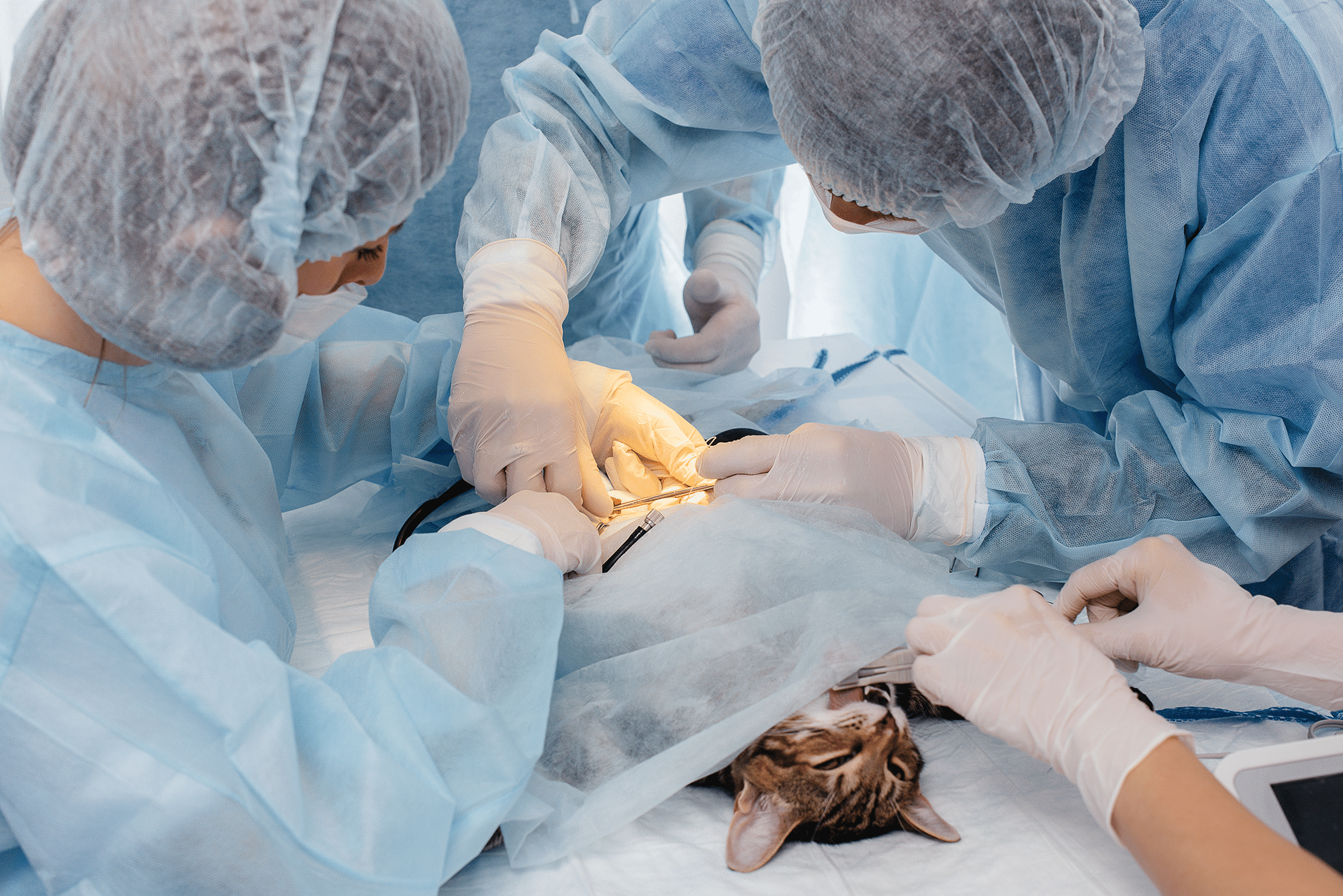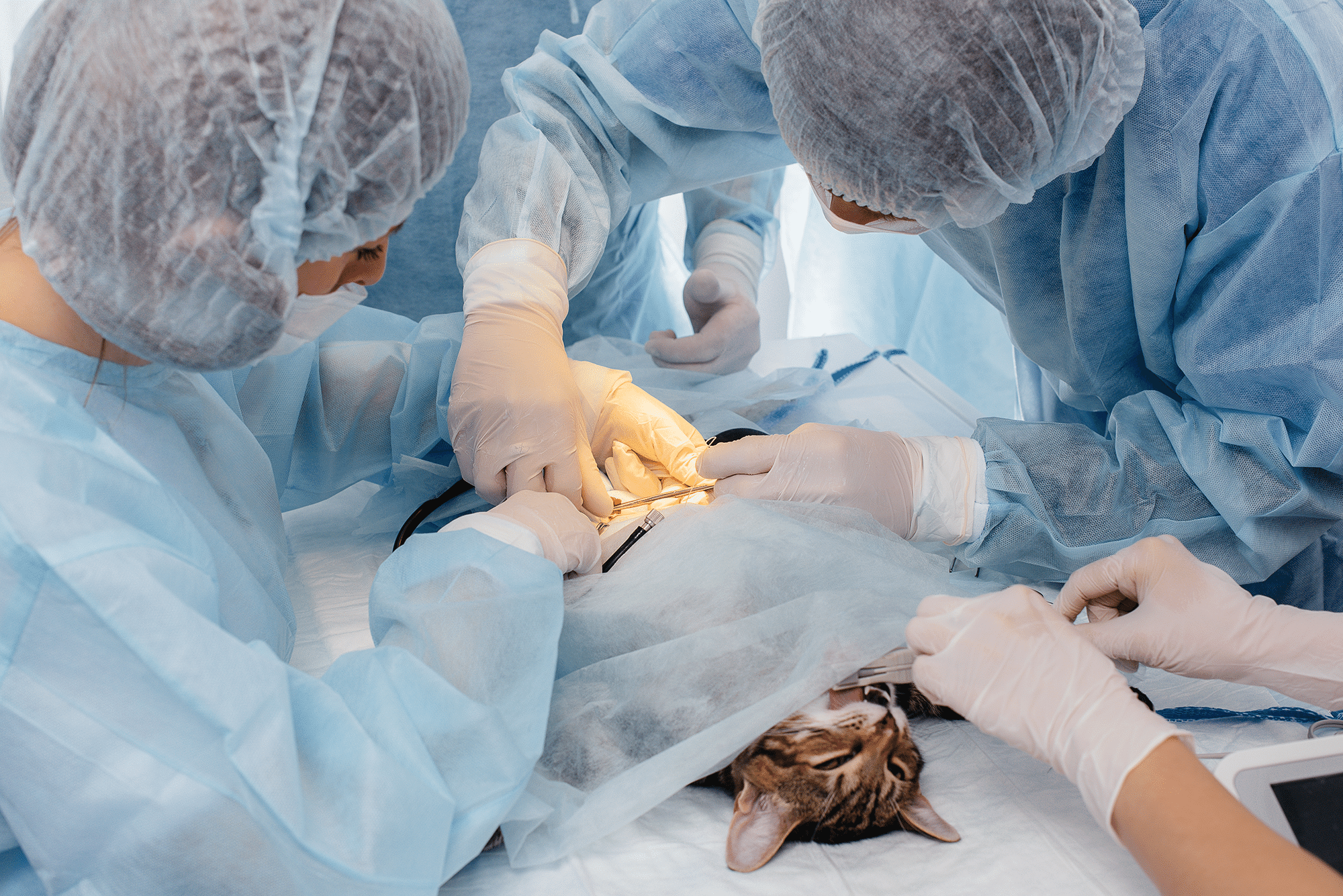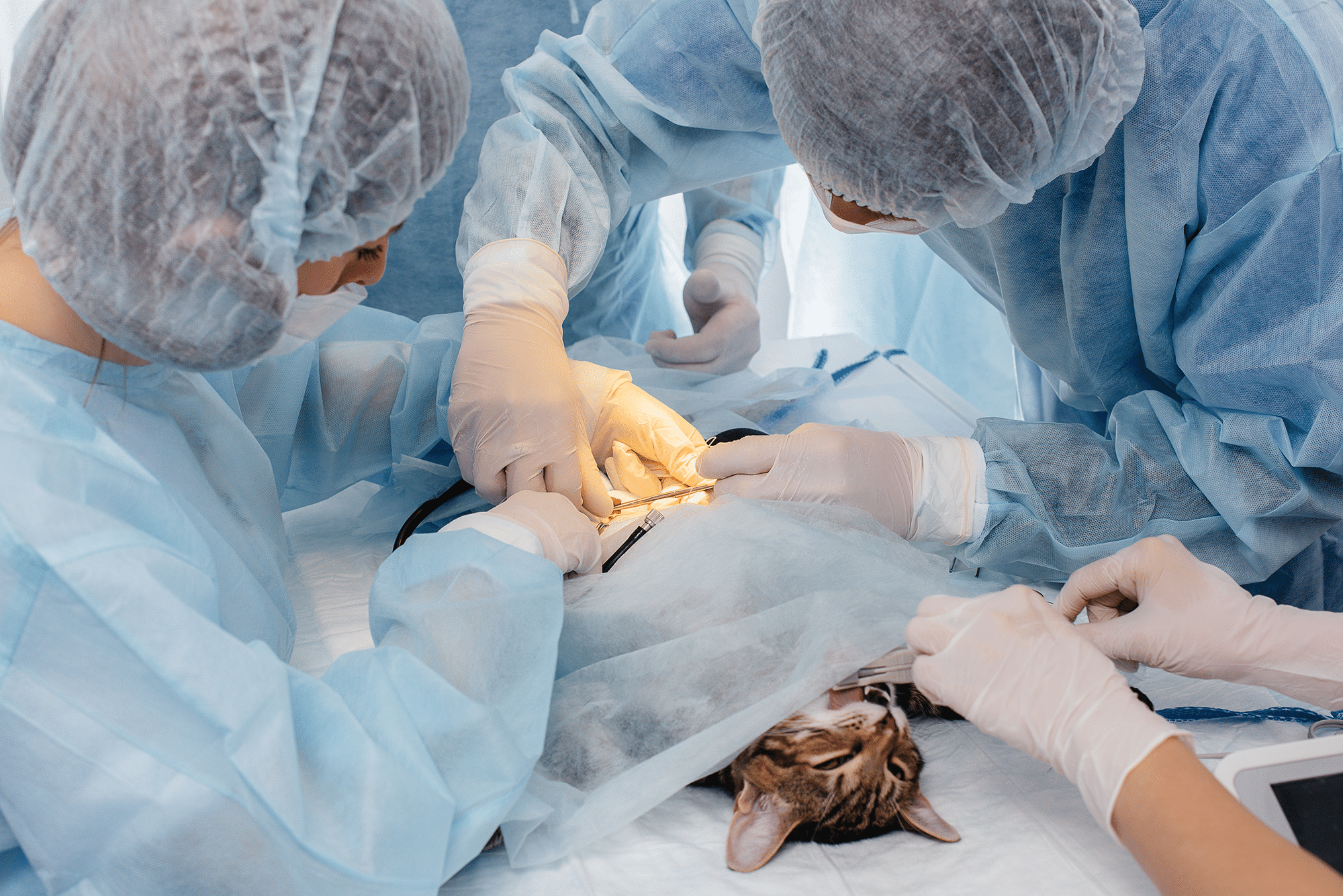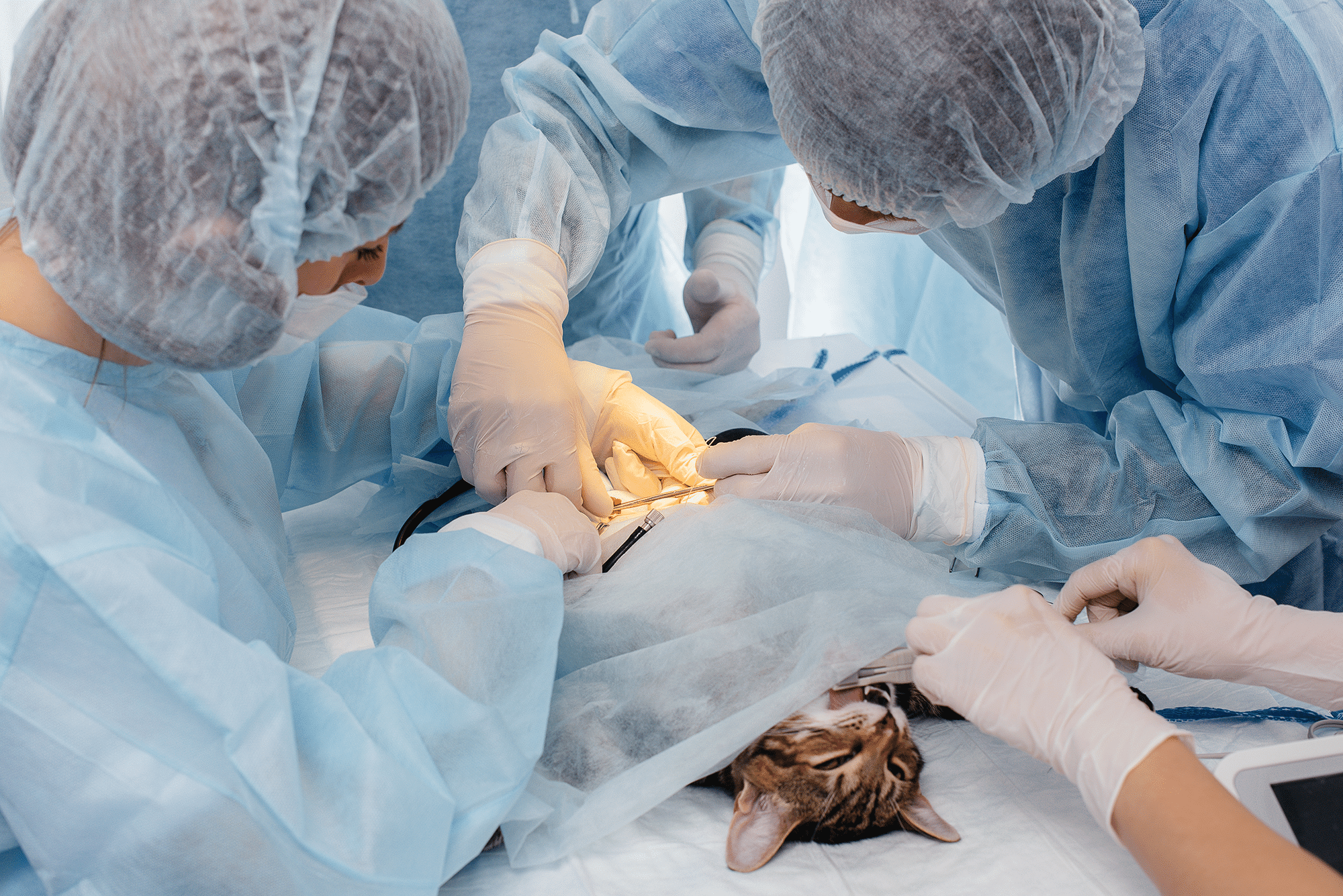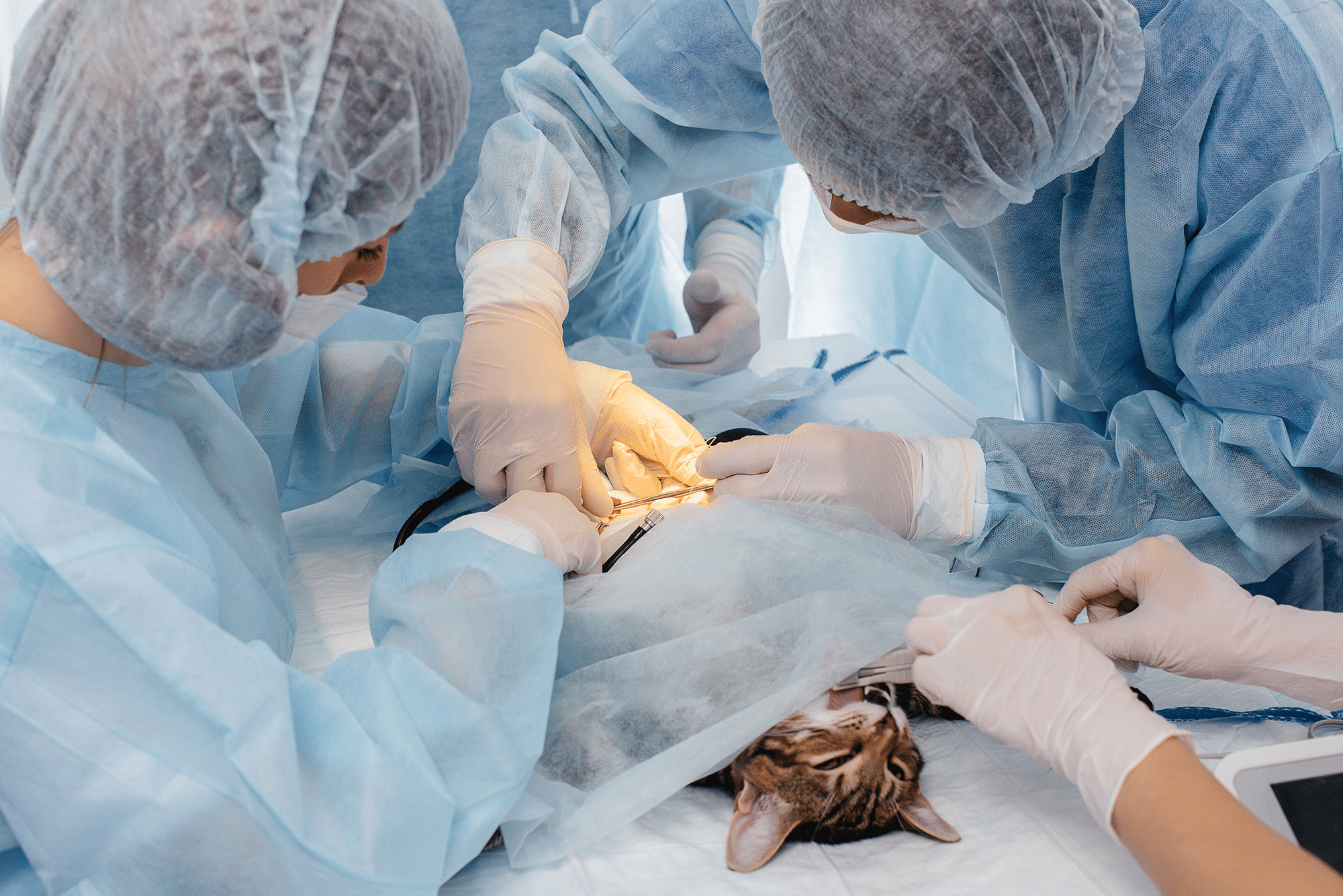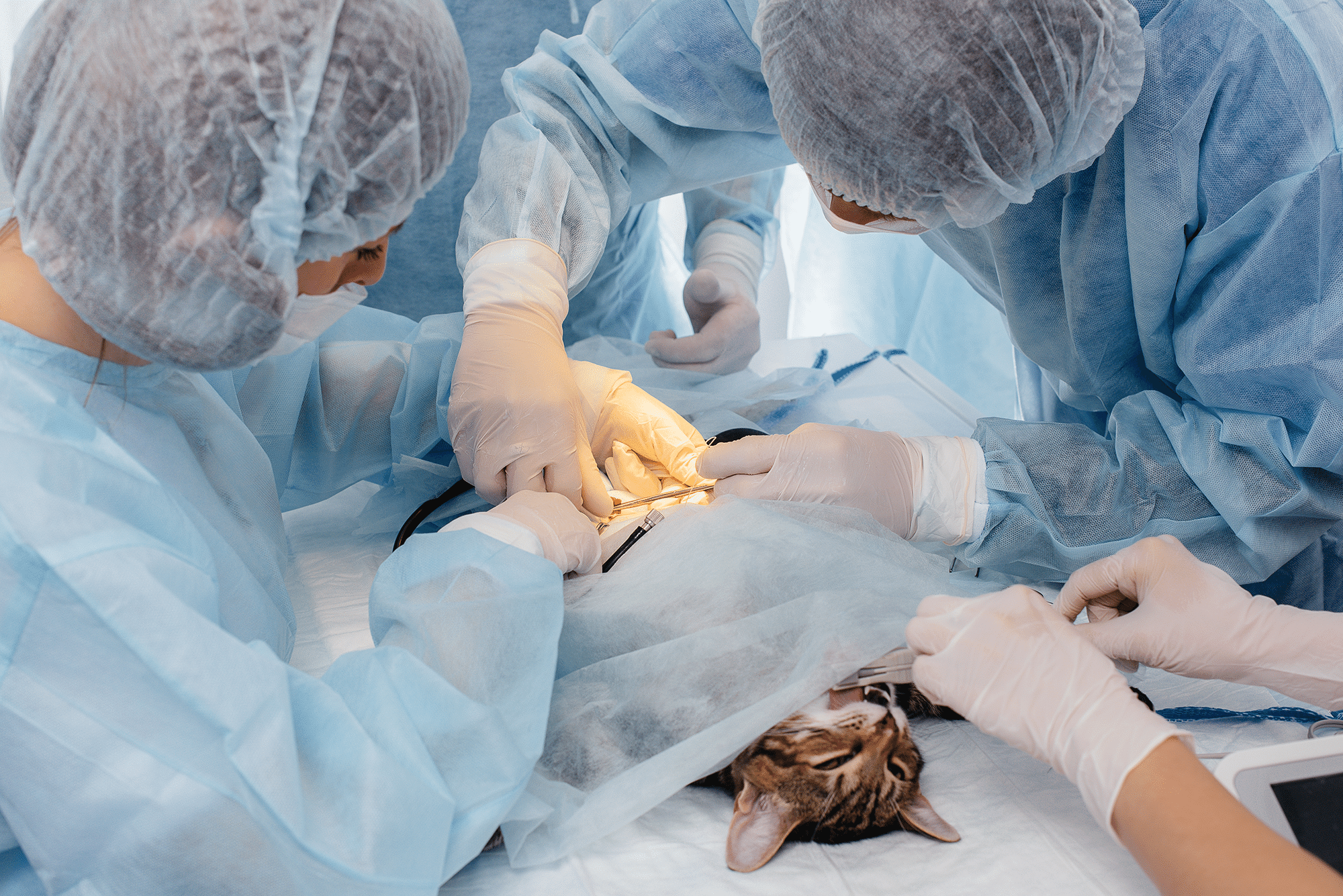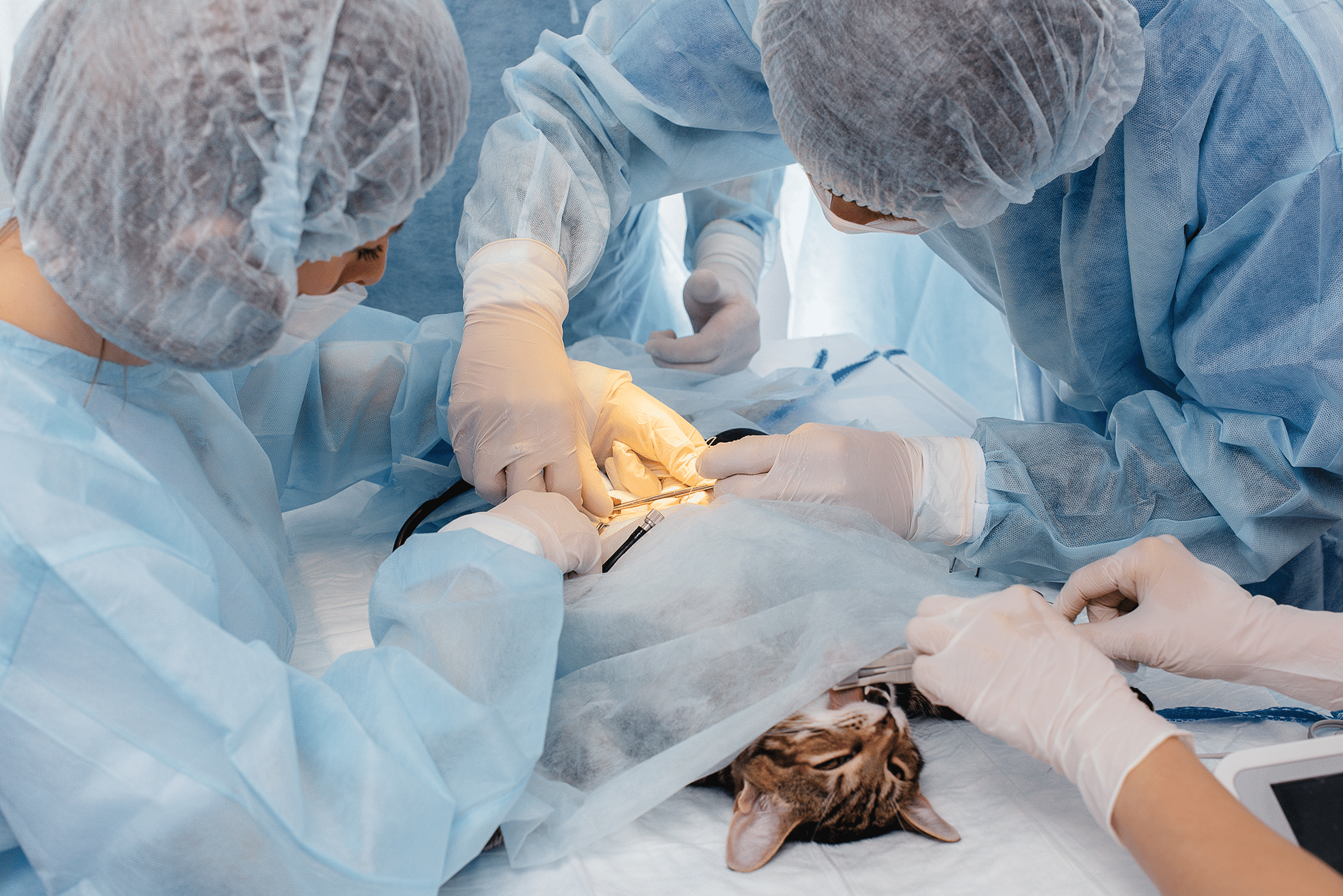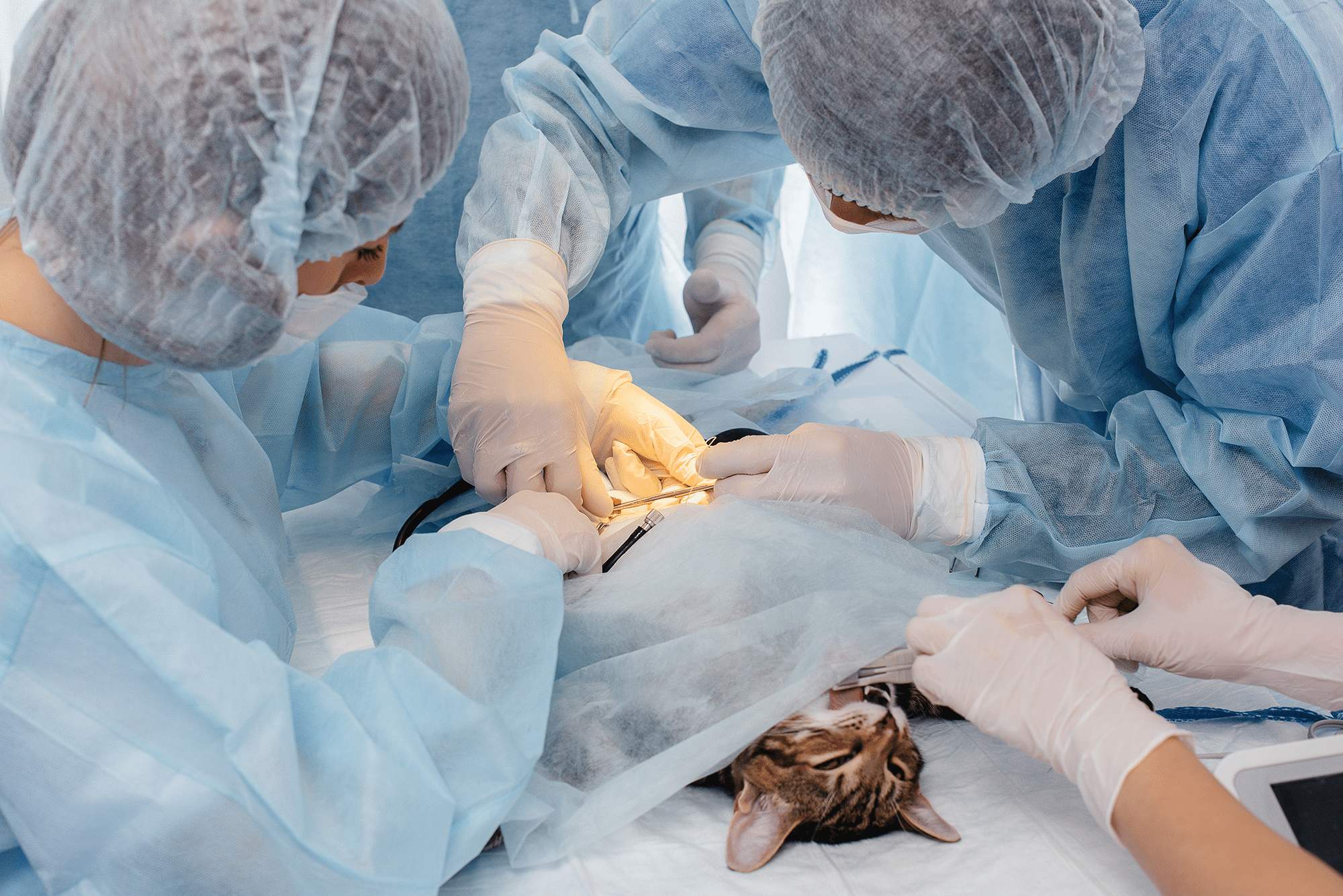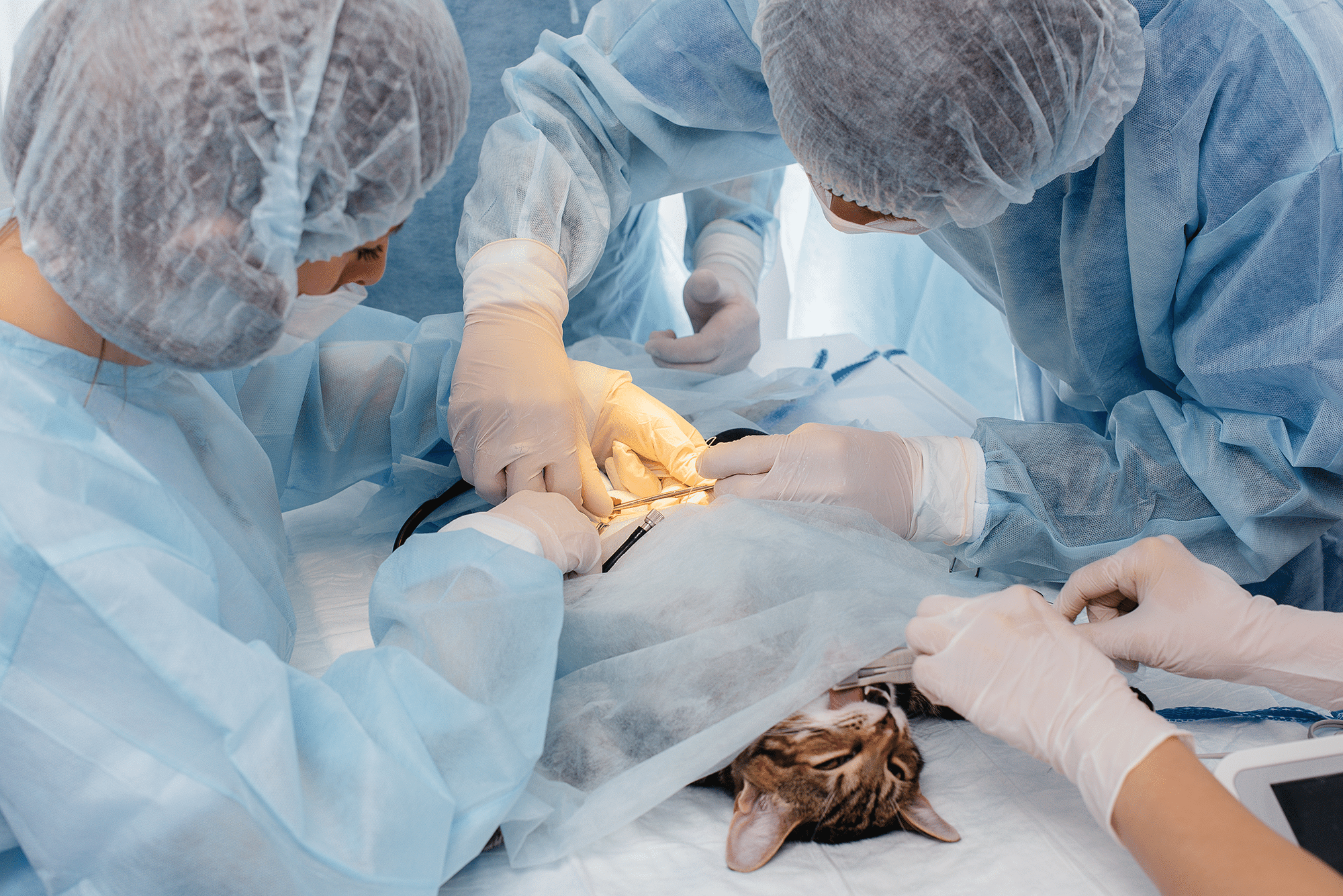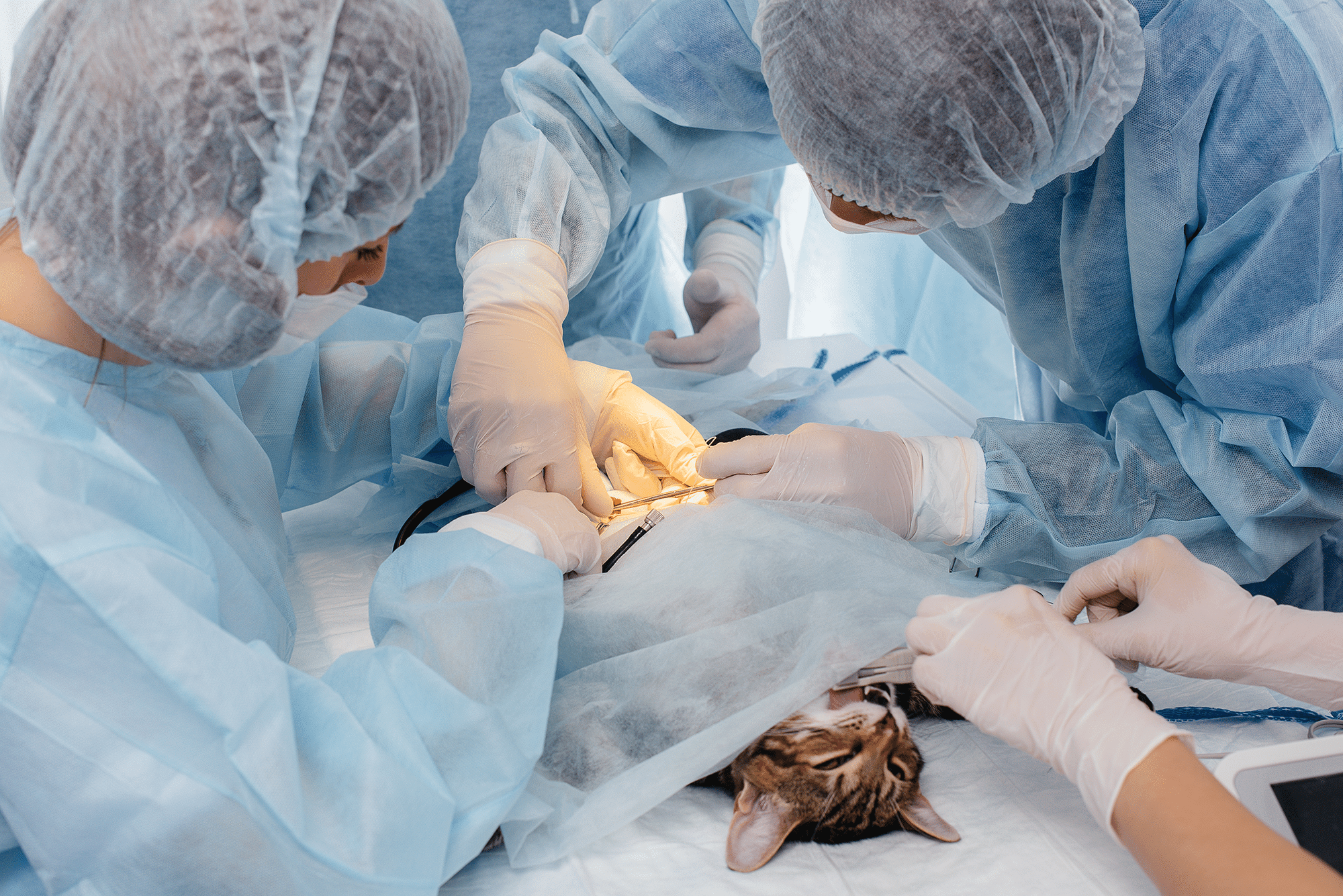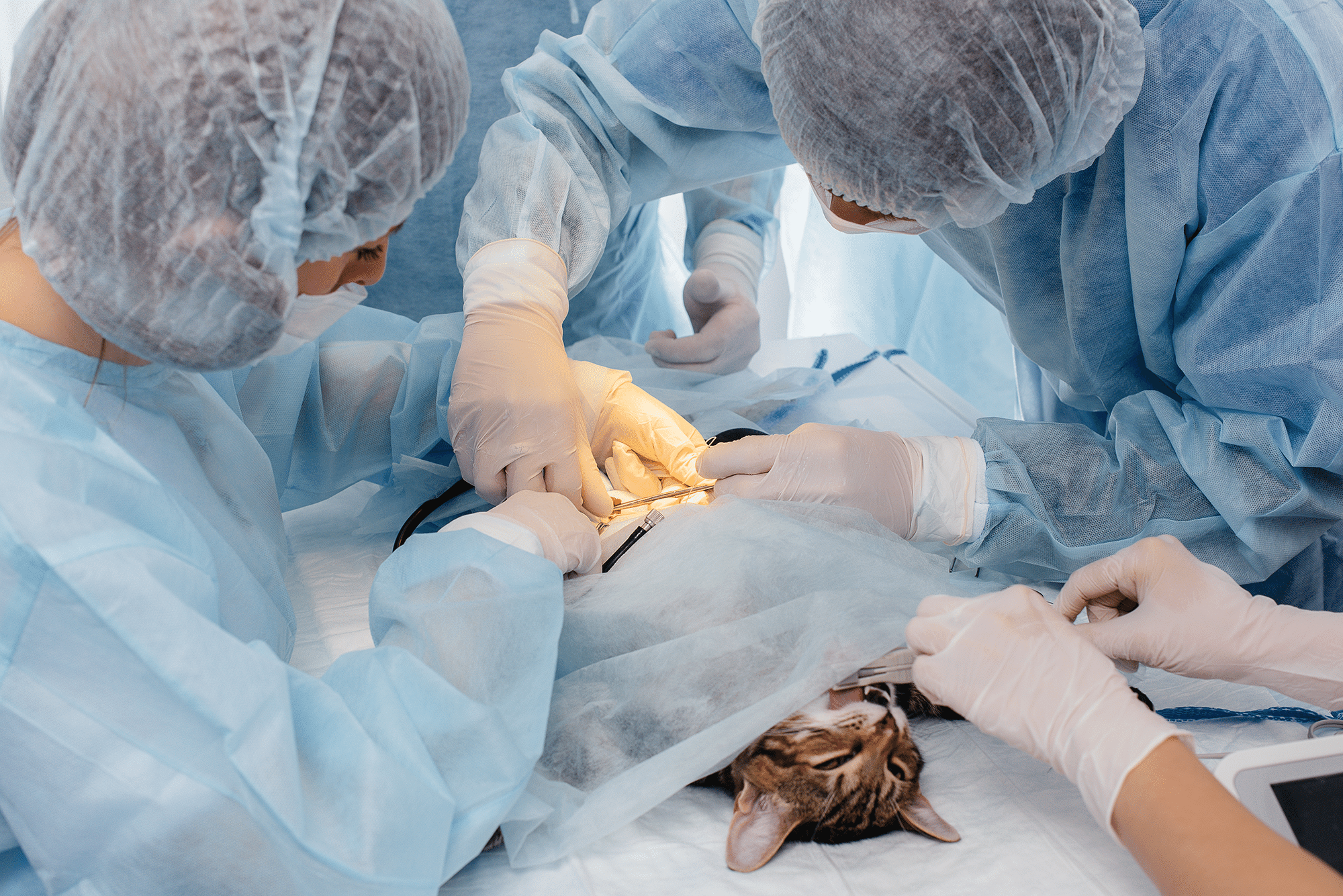Veterinary practices face unique risks when handling, storing, and administering controlled drugs. From Schedule 2 opi…
Veterinary Anesthesia Insurance: Essential Protection for Animal Healthcare Professionals
Veterinary anesthesia represents one of the highest-risk procedures in animal healthcare, requiring specialized insurance coverage that goes beyond standard veterinary practice policies. As anesthetic complications can result in serious injury or death to animals under care, veterinary professionals administering anesthesia face unique liability exposures that demand comprehensive protection.
Understanding Veterinary Anesthesia Risks
Anesthetic procedures in veterinary medicine carry inherent risks that can lead to significant financial and legal consequences. Animals may experience adverse reactions to anesthetic agents, respiratory complications, cardiac events, or equipment failures during procedures. Unlike human medicine, veterinary patients cannot communicate discomfort or complications, making monitoring and risk assessment more challenging.
The emotional and financial value pet owners place on their animals has increased dramatically, with many considering pets as family members. This shift in perception has led to higher compensation expectations when anesthetic complications occur, making adequate insurance coverage essential for veterinary professionals.
Professional Indemnity Coverage for Anesthesia
Professional indemnity insurance forms the cornerstone of veterinary anesthesia protection, covering claims arising from alleged negligence, errors, or omissions during anesthetic procedures. This coverage extends to pre-anesthetic assessment failures, inappropriate drug selection, monitoring inadequacies, and post-operative complications.
Coverage typically includes legal defense costs, compensation payments, and expert witness fees. Policies should provide retroactive coverage for past procedures and run-off protection for retired practitioners. The coverage limit should reflect the potential value of claims, considering that high-value breeding animals or beloved family pets can generate substantial compensation demands.
Equipment and Technology Protection
Modern veterinary anesthesia relies heavily on sophisticated monitoring equipment, ventilators, and gas delivery systems. Equipment insurance covers repair or replacement costs when anesthetic machines, monitors, or related technology fail. This protection is crucial as equipment failures during procedures can lead to patient complications and practice disruption.
Coverage should extend to portable equipment used for mobile veterinary services and equipment temporarily removed from the practice for maintenance or calibration. Consider policies that include expedited replacement provisions to minimize practice downtime when critical anesthetic equipment fails.
Public Liability Considerations
Public liability insurance protects against third-party claims arising from anesthetic procedures, including pet owner injuries that may occur during emergency situations or when restraining animals during induction. This coverage extends to property damage that might occur if animals react unpredictably to anesthetic agents.
The policy should cover incidents occurring both on practice premises and at external locations where anesthetic procedures are performed, such as farms or client homes for large animal work.
Business Interruption Protection
Anesthetic complications can result in practice closure, regulatory investigations, or equipment quarantine, leading to significant income loss. Business interruption insurance provides financial support during these periods, covering fixed costs, staff wages, and lost revenue.
Coverage should include additional expenses incurred to maintain operations, such as equipment rental or alternative facility costs. Consider policies that provide cover for reputational damage that might affect practice income following serious anesthetic incidents.
Regulatory and Legal Compliance
Veterinary anesthesia is subject to strict regulatory oversight, with professional bodies requiring specific training, equipment standards, and record-keeping protocols. Insurance policies should cover the costs of regulatory investigations, professional body hearings, and legal representation during compliance proceedings.
Coverage should extend to costs associated with implementing corrective measures required by regulatory bodies and any temporary practice restrictions imposed during investigations.
Specialist vs General Practice Considerations
Veterinary anesthetists and practices performing high-risk procedures require enhanced coverage limits and specialized policy terms. Exotic animal anesthesia, wildlife procedures, and zoo veterinary work present unique challenges that may require additional coverage endorsements.
General practices performing routine anesthetic procedures still face significant risks and should ensure their policies adequately reflect their anesthetic caseload and complexity of procedures undertaken.
Risk Management and Prevention
Insurance providers often offer risk management support to help practices minimize anesthetic complications. This may include training programs, equipment maintenance protocols, and emergency response procedures. Implementing robust risk management practices can help reduce insurance premiums and improve patient outcomes.
Regular equipment calibration, staff training updates, and clear anesthetic protocols should be documented and maintained as evidence of good practice for insurance purposes.
Claims Process and Support
When anesthetic complications occur, immediate notification to insurance providers is essential. Policies should provide 24/7 claims reporting and access to specialist veterinary legal experts who understand the complexities of anesthetic liability claims.
The claims process should include support for managing client communications, coordinating with professional bodies, and accessing expert witnesses with veterinary anesthesia expertise.
Coverage Limits and Deductibles
Appropriate coverage limits should reflect the potential severity of anesthetic claims, considering both the direct costs of complications and associated legal expenses. Higher-value practices or those treating expensive animals may require enhanced limits.
Deductible levels should balance premium costs with the practice's ability to absorb initial claim costs. Consider aggregate deductibles for multiple claims arising from systemic issues such as equipment failures.
International and Travel Coverage
Veterinary professionals providing anesthetic services internationally or participating in wildlife conservation projects require coverage that extends beyond domestic practice boundaries. Policies should clarify territorial limits and provide appropriate coverage for overseas work.
Future Considerations
Advances in veterinary anesthesia, including new monitoring technologies and anesthetic agents, may create new risk exposures requiring policy updates. Regular insurance reviews ensure coverage remains appropriate as practice techniques evolve.
Conclusion
Veterinary anesthesia insurance provides essential protection for animal healthcare professionals facing unique liability exposures. Comprehensive coverage should address professional indemnity, equipment protection, business interruption, and regulatory compliance costs. Working with insurance providers who understand veterinary anesthesia risks ensures appropriate coverage that protects both professional reputation and financial security.
Regular policy reviews, combined with robust risk management practices, help ensure veterinary professionals can continue providing essential anesthetic services with confidence and appropriate protection.
For expert advice on veterinary anesthesia insurance and tailored coverage solutions, contact Insure24 at 0330 127 2333 or visit www.insure24.co.uk


 0330 127 2333
0330 127 2333
